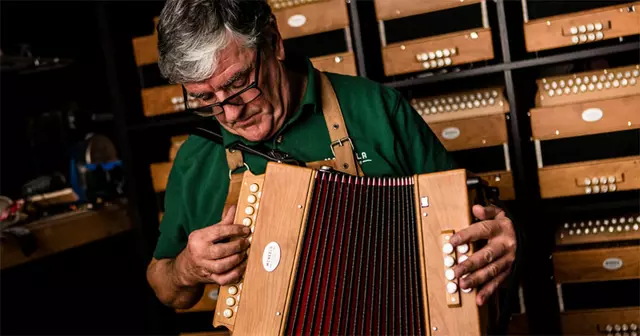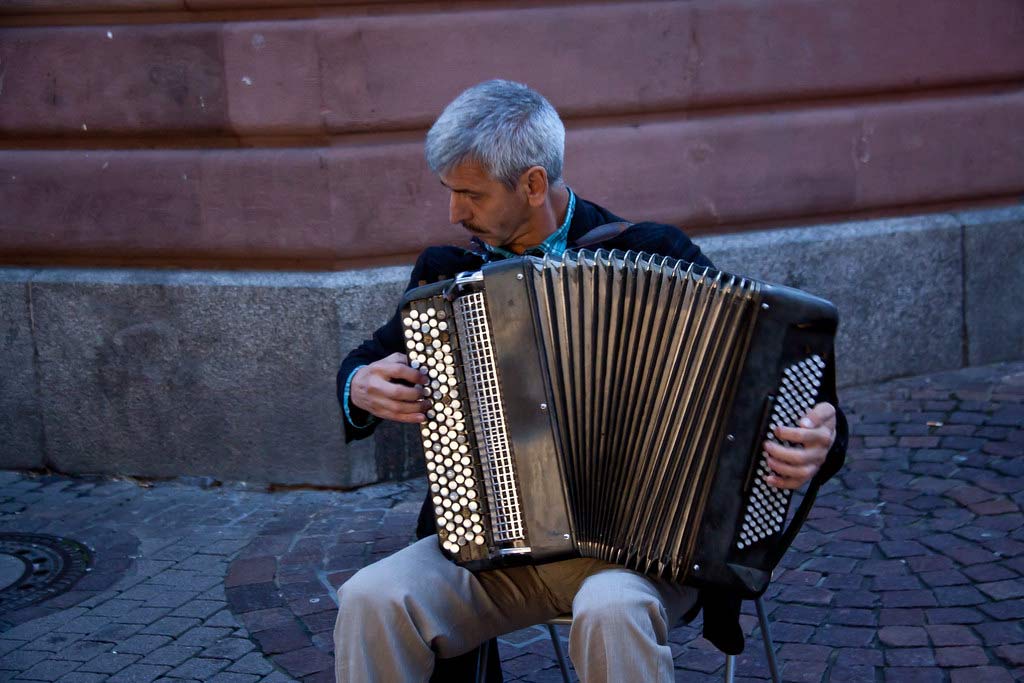Google Doodle celebrates the accordion :-The Google Doodle celebrates the accordion, a folk musician’s main squeeze. It is a free-reed instrument, meaning airflow vibrates and reeds inside the accordion to create sound. Various free-reed instruments with bellows were made in the early 1800s, such as the concertina, bandoneon, and harmonium. Throughout the late 1800s, manufacturers in Germany increased their accordion production due to its popularity among folk musicians across Europe.
today’s doodle celebrates the accordion a box-shaped musical instrument that was invented in Germany in the 1800s and is now played around the world the accordion a box taped musical instrument was in Germany in the early 1800s and has since gained global popularity initially patented by Frederick Bashman and later refined and by C Demian the accordion features a below striven design with
keyboards or buttons on both sides known for its versatility the accordion is central to various music styles worldwide from French music and Italian F to Mexican Nino and Brazilian it enriches distinctive sound Jers from and just and long making it a cherished instrument in diverse celebrating the accordion on enduring influence and the vibe noted music it continues to inspire around the world hit

Google Doodle celebrates the accordion
Google Doodle celebrates the accordion
On May 23, 2024, Google gave a shout-out to the accordion with a special doodle celebrating the instrument’s patent anniversary. This charming instrument, known for its distinctive bellows and joyful sound, has found its way into hearts and musical genres worldwide.[Google Doodle celebrates the accordion]
The Doodle was a delightful musical performance. The Google logo has been transformed into an accordion’s bellows, with animated figures in traditional German attire dancing to the tune. It paid tribute to the instrument’s German roots (the word “accordion” comes from the German word “akkord,” meaning “chord”) and its lasting popularity in folk music.
Google Doodle mentioned

Google Doodle celebrates the accordion
Throughout the late 1800s, manufacturers in Germany ramped up accordion production due to its popularity among folk musicians across Europe. Early accordions had buttons on just one side, and each button produced the sound of an entire chord. Another cool feature.” was that the same button could produce two chords—one when the bellows expanded and another when they contracted.
What is the history of the accordion?
There’s no one-size-fits-all answer to who invented the accordion. Some historians believe it was C. Friedrich L. Buschmann, in Germany, who patented his Handäoline in 1822. Others point to Cyril Demian in Vienna, who patented his version called the Accordion in 1829, giving the instrument its present name.
Britannica mentions: “The advent of the accordion is a topic of debate amongst researchers. Many credit C. Friedrich L. Buschmann, whose Handäoline was patented in Berlin in 1822, as the inventor of the accordion. Others gave the nod to Cyril Demian of Vienna, who patented his accordion in 1829, thus coining the name.
The accordion’s journey across the globe mirrored the massive European migration of the 1800s. As people moved to new continents, they brought their accordions and music. This global exchange is reflected in the instrument’s numerous nicknames. According to the Stage Music Center, Italians call it the “Fisarmonica,” Russians know it as the “Bayan,” in China, it’s the “Sun-Fin-Chin,” Pakistan calls it the “Harmonium,” and Norwegians refer to it as the “Trekspill”. Each name reflects the unique cultural taste of its region.

Google Doodle celebrates the accordion
The Doodle highlights the accordion’s versatility, showcasing its influence on jazz, classical, and even pop music. Google called the accordion a “folk musician’s main squeeze,” a playful nod to its portability and ease of use.
This special doodle wasn’t just a celebration of the accordion itself, but also a recognition of its lasting impact on the world of music. From vibrant jigs to soulful ballads, the accordion’s unique sound continues to capture imaginations and bring joy to audiences everywhere.
The Google Doodle adds
Today, instruments can be heard in folk music, Latino polka, tango, Cajun music, and more! One event where the accordion is always present is Oktoberfest. This lively festival is full of carnival fun, music, and traditional clothing like Dirndl dresses and Lederhosen. With this melody maker in hand, everything goes according to plan! Traditional sound continues to influence German celebrations and music across the world 200 years later.






